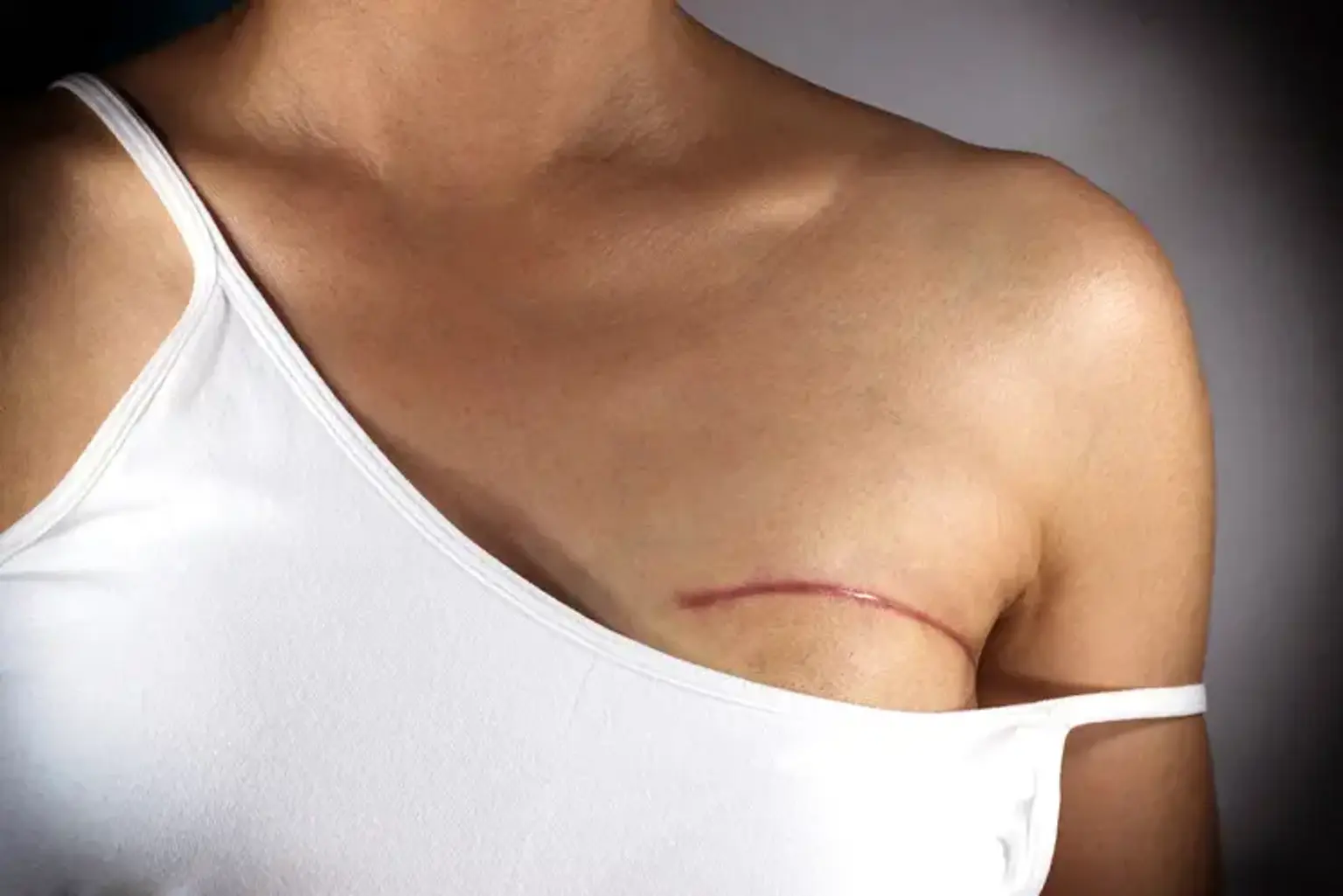Mastectomy
Overview
Breast cancer is the most frequent cancer among women in the United States, and treatment standards are continually changing. Breast cancer therapy frequently includes surgery, such as breast-conserving surgery or mastectomy. A mastectomy is a surgery in which all or portion of the breast is removed.
